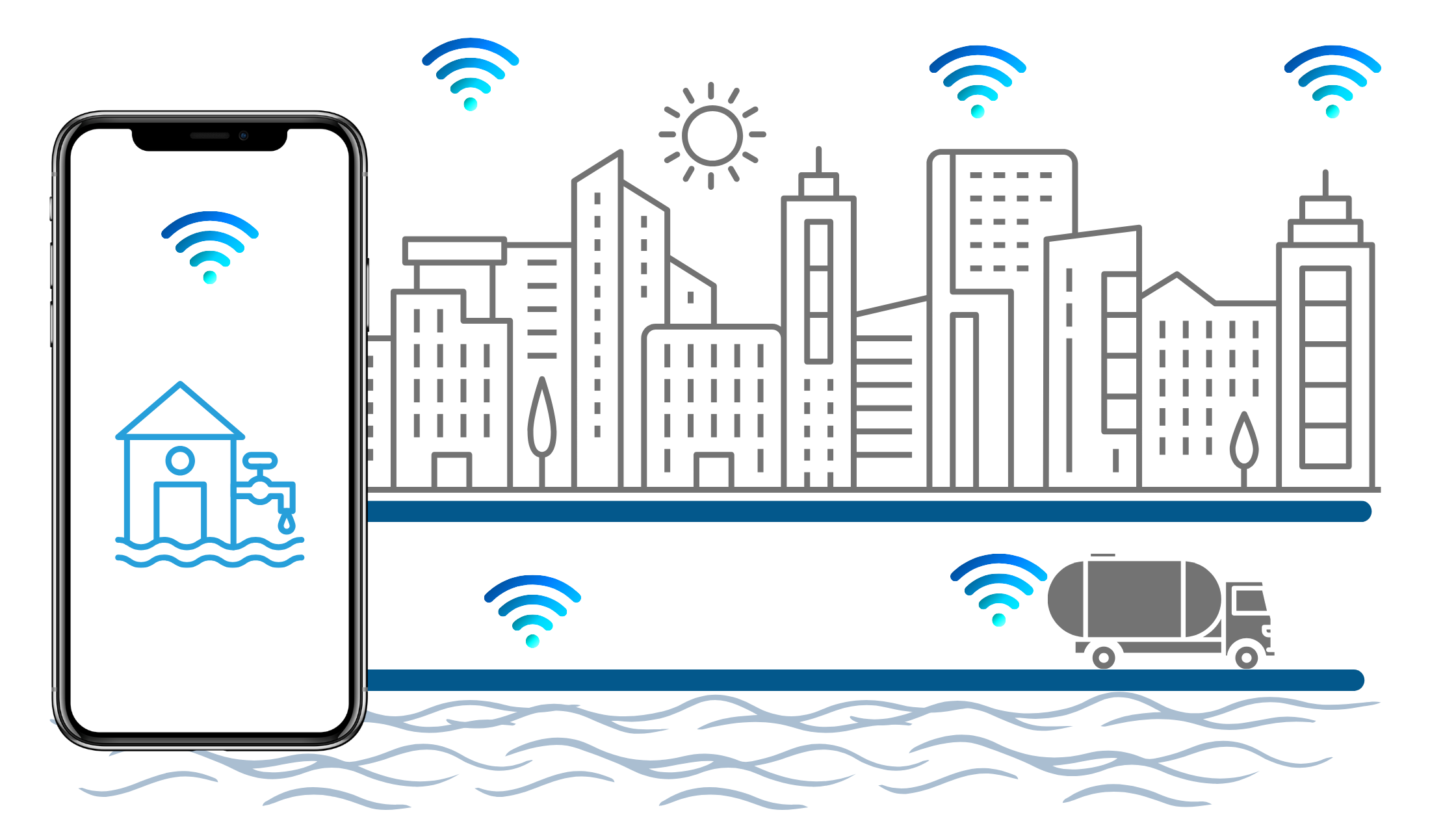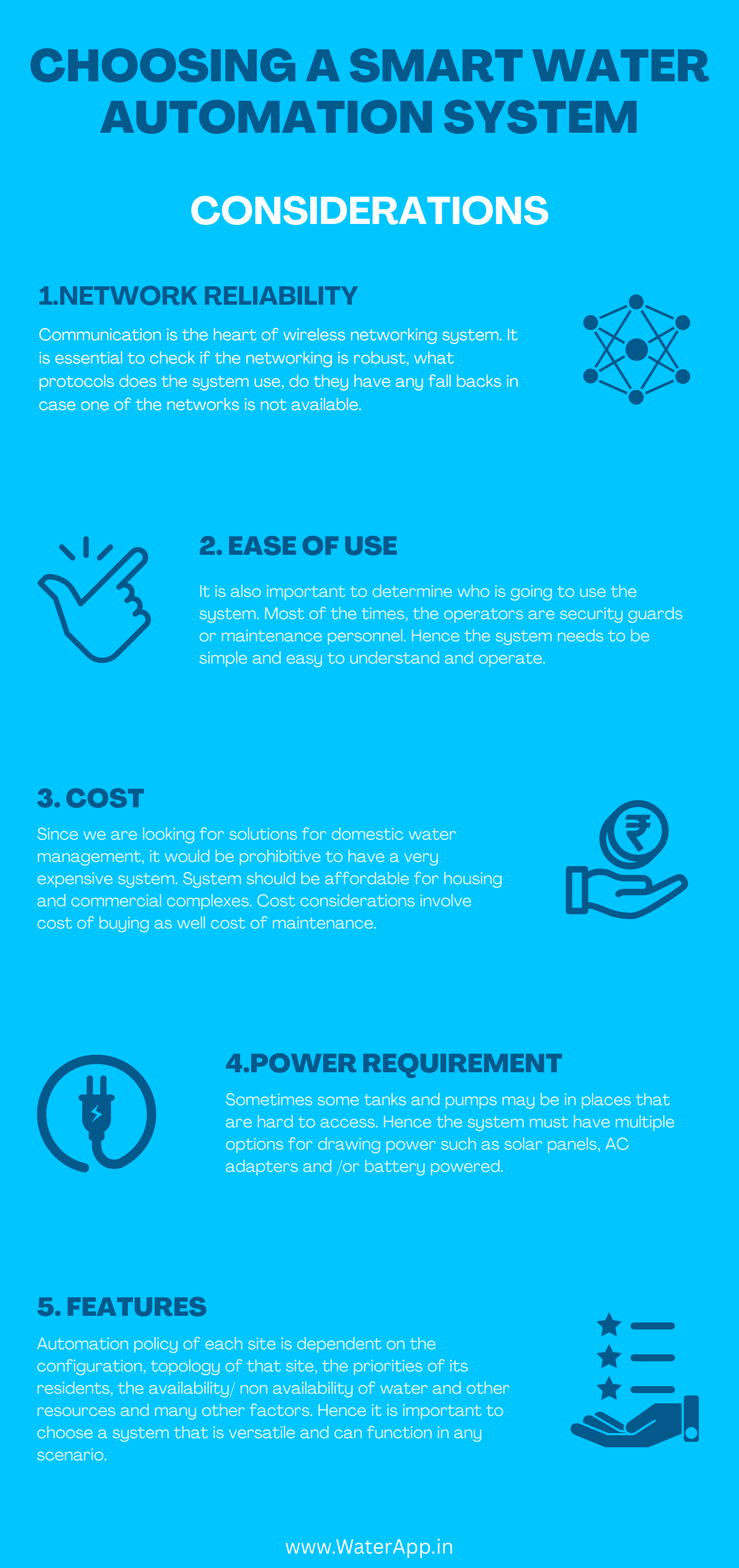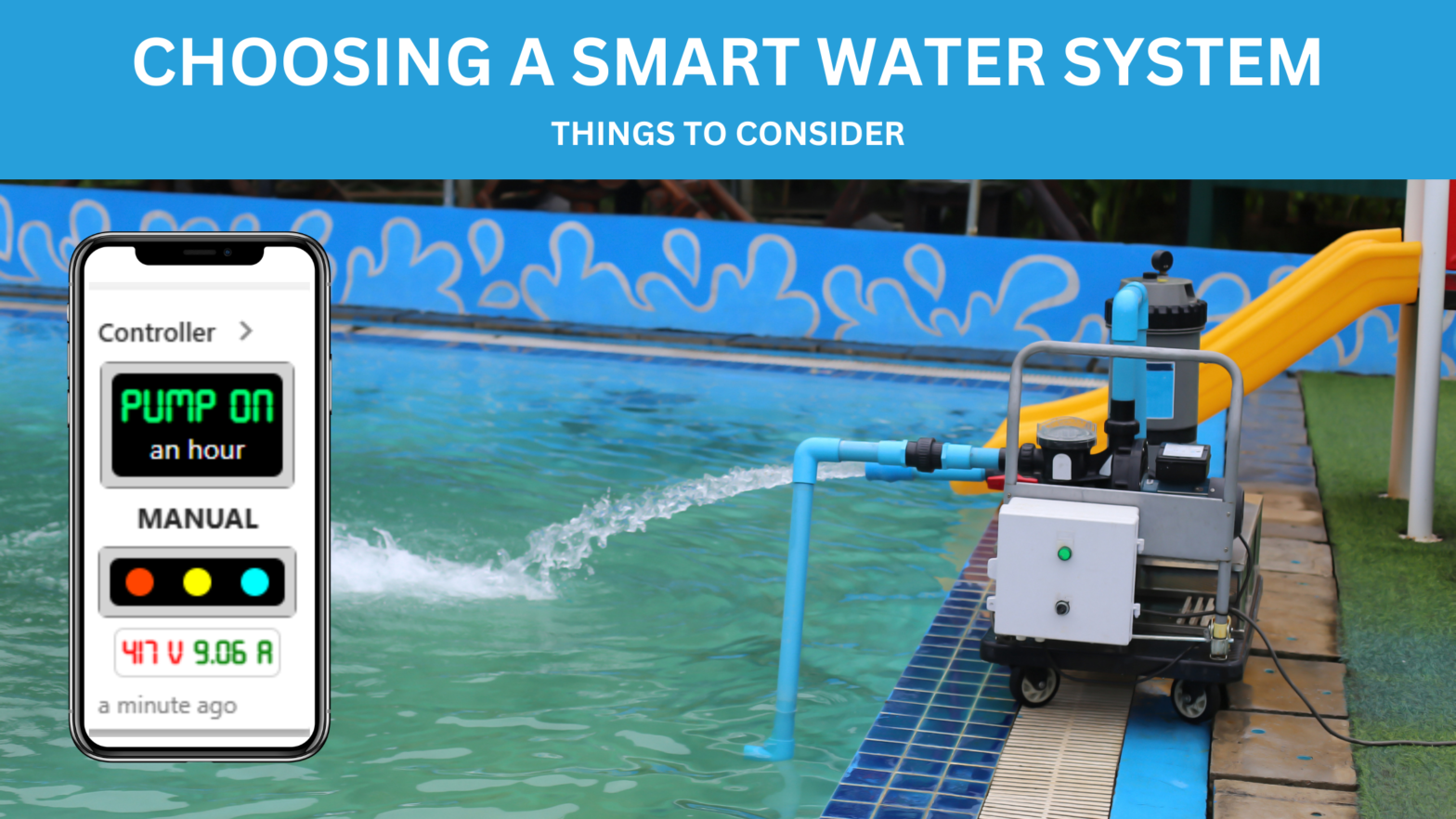CHAPTER 5: Choosing a Smart Water Automation Solution
Choosing the right smart water automation solution is like picking out the perfect smartphone—sure, it needs to be flashy, but it also must be easy to use, compatible with your existing setup, and, of course, it shouldn’t drain your wallet. Here’s a breakdown of what to consider before diving into the world of smart water automation.

Is It Easy to Use a Smart Water Automation?
First things first—if the system isn’t user-friendly, you’ll likely end up with more headaches than solutions. When evaluating a smart water automation system, ask yourself:
- Is it a purely wireless system with a rudimentary interface?
A fully wireless system means no more messy wiring, which is a relief. But if the interface looks like it was designed in the 1980s, that’s a red flag. You want something sleek and intuitive, like a well-designed automatic water pump controller. - Does it have an App or a Desktop interface?
Imagine being able to monitor your water system while sipping coffee in your living room. A good system should have both app and desktop interfaces, making it easy to control from anywhere, anytime. This feature of the Water App ensures that even a tech-averse security guard can get the hang of it with a little training.

How Robust is the Networking?
You wouldn’t buy a car without knowing it has reliable brakes, right? Similarly, the networking of your smart water automation system is crucial.
- What communication protocols does it use—Wi-Fi, LoRa, GSM, ESPNow?
The strength of the communication protocol can make or break your system. Wi-Fi is common, but if you’re dealing with large distances or challenging environments (like an overhead tank on the 20th floor or a basement tank two levels underground), you might need something more robust, like LoRa or GSM. - Does it require Wi-Fi to be provided near tanks?
If your Wi-Fi doesn’t reach your tanks, you might be in trouble. Check whether the system needs Wi-Fi in those hard-to-reach places or if it can manage with alternative communication protocols. - Can the signal reach overhead tanks or tanks in the -2 basement?
The last thing you want is a system that loses connection just because your tank is in a tricky spot. Make sure the signal strength is reliable enough to cover all areas, from the highest rooftop tanks to the deepest basements.
Compatibility
Nobody likes ripping out perfectly good equipment just to install something new. Compatibility with your existing setup is key.
- Will it work with existing pump panels and valves?
Ideally, your new system should play nicely with the existing pump panel and automatic valve controller. If not, you might be looking at additional costs and complications. - Will we have to change anything in our existing infrastructure?
The best systems require minimal changes to your current setup. However, some might need a little tweaking—be sure to factor this into your decision.
Power Requirement
Just like you wouldn’t buy a smartphone without checking if it can hold a charge, you need to know the power requirements of your smart water automation system.
- Does it need AC power near the tanks?
If the system requires AC power, you’ll need to ensure that your tanks have easy access to it. Also, it’s worth checking if the equipment is waterproof and safe, especially if it’s going to be near water. - Is the equipment waterproof and safe?
Water and electricity don’t mix well. Ensure that all equipment is waterproof and meets safety standards to avoid any nasty surprises down the road.
Budget
Let’s be honest, budget is always a concern. You want to get the best bang for your buck.
- How much does it cost per tank/per pump?
Break down the cost per tank or pump to see if it fits your budget. Don’t forget to factor in any installation costs as well. For example, if you have 50 flats, a little math can give you a clear picture of the overall expense. - Is there a recurring component—what does that include?
Some systems might have recurring costs, like subscription fees for cloud services or regular maintenance. Be sure to understand what these costs cover and whether they’re worth it.
Servicing
Even the best systems need a little TLC from time to time.
- How often does it need maintenance?
Find out the recommended maintenance schedule and consider whether it fits into your routine. Systems with wireless automatic water pump controllers and valve controllers may require less frequent servicing, which could save you time and money. - Will the company provide regular service?
It’s always a plus if the company offers regular servicing. This ensures that your system stays in tip-top shape without you having to chase down a technician every time something goes wrong.
Features
The more features, the better—especially if they’re smart features.
- What smart features does it offer?
Look for features like leakage detection, predictability, consumption data, and pump monitoring. These can make a huge difference in managing your water system more efficiently and proactively.
Future Plan
Finally, consider the future. Is the company thinking ahead?
- Is the company planning to release future water-related products?
It’s good to know if the company has plans to expand its product line. Future offerings like borewell monitoring, diesel monitoring, or flood monitoring could add even more value to your investment.
Choosing the right smart water automation solution is all about finding the perfect balance between ease of use, robust networking, compatibility, and budget. By considering these factors—and keeping an eye on the future—you’ll be well on your way to a smarter, more efficient Water Management System.
Also Read:
Chapter 1: What is Water Automation?
Chapter 2: Elements of Water Automation

